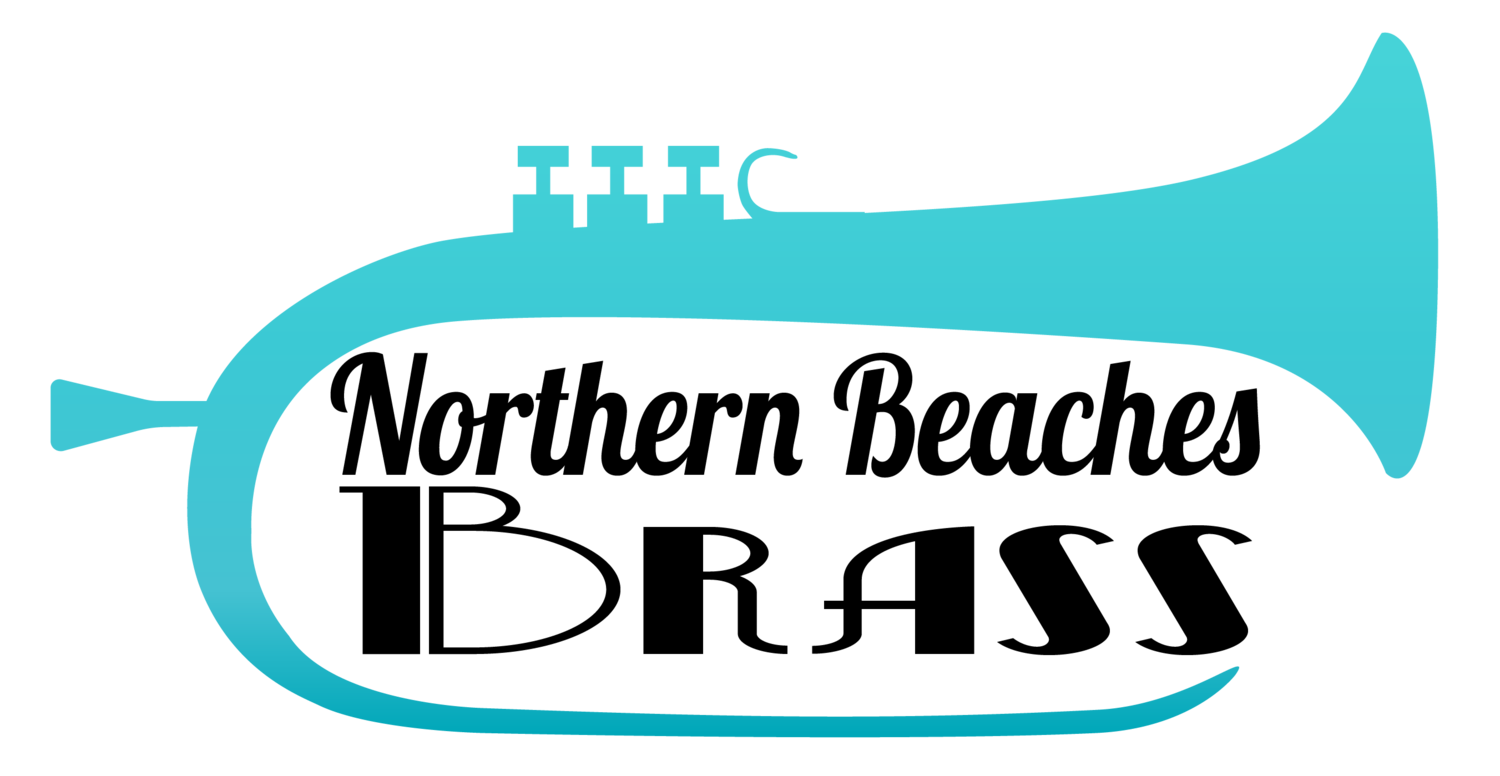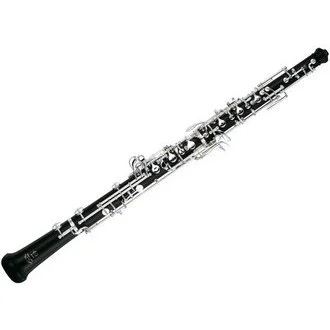OBOE
Woodwind Family / Soprano Voice
Not usually encouraged as a beginning instrument, especially in Years 3 and 4.
Oboe players generally begin on Clarinet, Flute or Saxophone and progress to Oboe when their hand stretch is big enough, their musical development has progressed well and their commitment to diligent practice has been proven.
Physical Attributes
- Hands are large enough to handle large stretches
- Teeth are smooth and free of sharp edges (which would dig into the lips)
- Closed teeth meet evenly. Braces can make playing the oboe extremely difficult and uncomfortable. A sever “underbite” would also be a problem
Academic Attributes
- Reading skills are above average
- Focused and patient learner
Character Attributes
- Strong self-confidence, as the oboe is often a solo instrument
- Strong work habits - willing to practice diligently and consistently
- Does not give up easily
(The Oboe is a very challenging instrument, which is highly rewarding for dedicated students) - Student and Parents enjoy classical music
- Desire to play oboe is unwavering
- Parental support is strong
Blow Test Achievements
- Not tested at Year 2 blow tests, however an individual assessment can be undertaken.
A good sense of Pitch would need to be demonstrated.
Instrument Progression
Cor Anglais
Jazz Ensembles: Saxophone
BUYERS GUIDE
Click here to view my Buyers Guide
BUYERS GUIDE
Oboe is a very specialist instrument.
There aren't many around and not many teachers either.
We are very much hoping this will begin to turn around as we raise the profile of the Oboe in school bands.
If you are looking to buy an Oboe, you really need to talk to an Oboe expert.
To give you an idea though, the Yamaha Student Oboe - YOB 241B cost around $2,500 currently.
If your school offers one to hire, that would be the best option to begin with.


